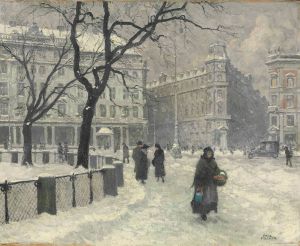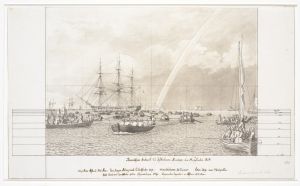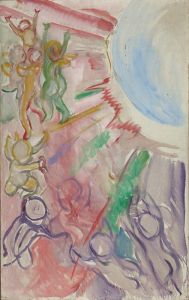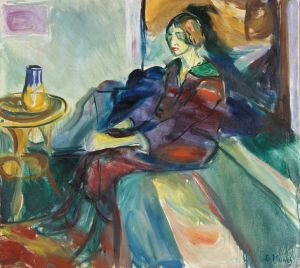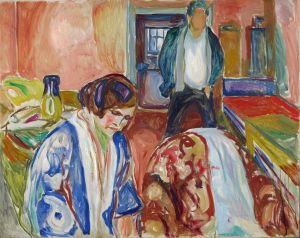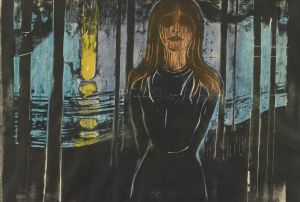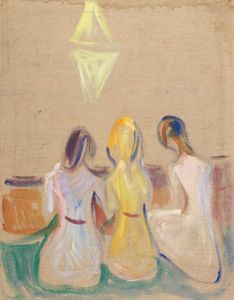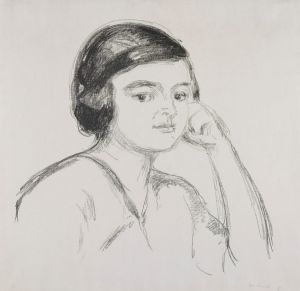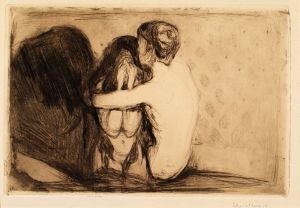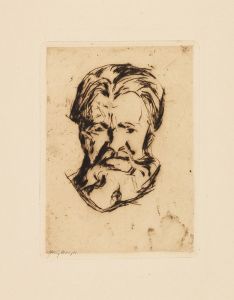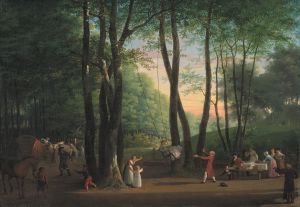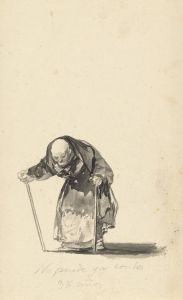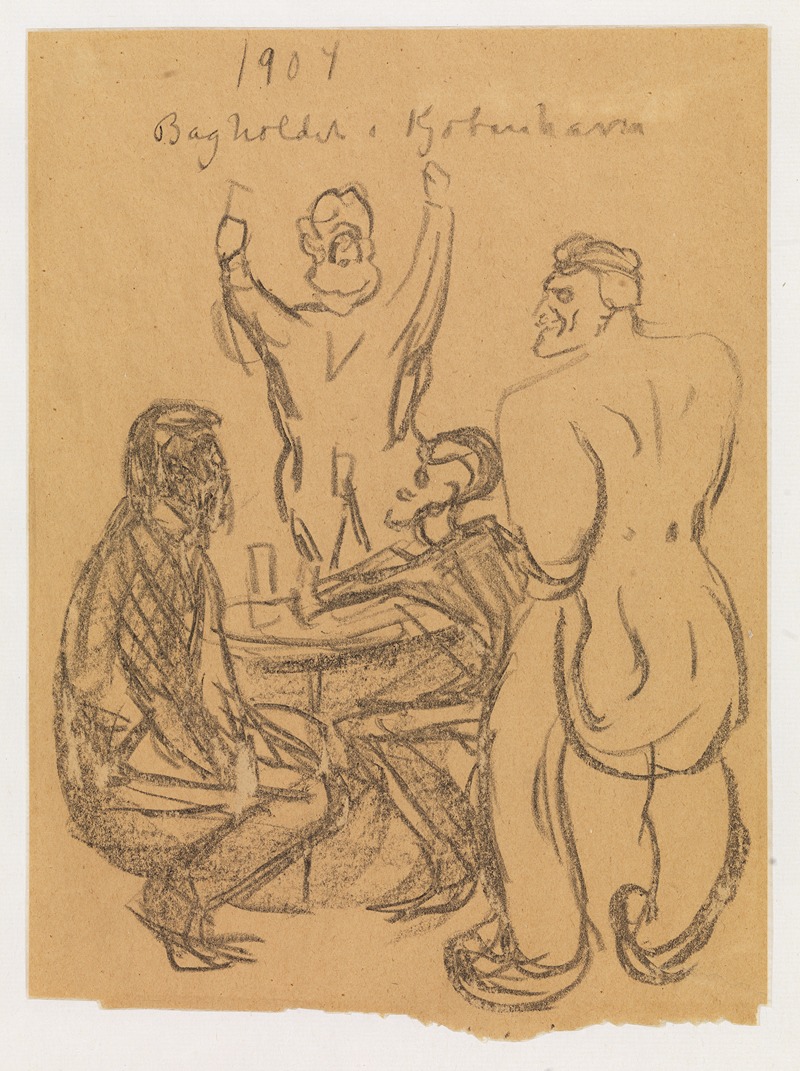
Bagholdet i København
A hand-painted replica of Edvard Munch’s masterpiece Bagholdet i København, meticulously crafted by professional artists to capture the true essence of the original. Each piece is created with museum-quality canvas and rare mineral pigments, carefully painted by experienced artists with delicate brushstrokes and rich, layered colors to perfectly recreate the texture of the original artwork. Unlike machine-printed reproductions, this hand-painted version brings the painting to life, infused with the artist’s emotions and skill in every stroke. Whether for personal collection or home decoration, it instantly elevates the artistic atmosphere of any space.
Edvard Munch, a Norwegian painter renowned for his evocative and emotional style, created the artwork "Bagholdet i København" during his prolific career. Munch is best known for his iconic painting "The Scream," but his oeuvre includes a wide array of works that explore themes of existentialism, love, fear, and death. "Bagholdet i København" is one of the lesser-known pieces by Munch, and there is limited information available about this specific work.
Munch's artistic journey was deeply influenced by his personal experiences and the cultural milieu of his time. Born in 1863 in Loten, Norway, Munch's early life was marked by tragedy, including the death of his mother and sister, which profoundly affected his outlook on life and art. These experiences are reflected in the emotional intensity and psychological depth of his work.
Throughout his career, Munch was associated with Symbolism and later became a pioneer of Expressionism. His style is characterized by bold colors, dramatic compositions, and a focus on conveying emotional and psychological states. Munch's work often delves into themes of anxiety, love, and the human condition, capturing the complexities of modern life.
"Bagholdet i København" translates to "The Ambush in Copenhagen" in English. However, specific details about the painting, such as its creation date, medium, and current location, are not widely documented. The title suggests a scene set in Copenhagen, Denmark, but without further context or visual analysis, it is challenging to ascertain the painting's subject matter or its significance within Munch's body of work.
Munch spent time in various European cities, including Paris, Berlin, and Copenhagen, where he interacted with other artists and was exposed to different artistic movements. These experiences enriched his artistic vision and contributed to the development of his unique style. Copenhagen, in particular, was a city where Munch exhibited his work and engaged with the local art scene.
Despite the lack of detailed information about "Bagholdet i København," it is essential to consider Munch's broader artistic themes and techniques when reflecting on this piece. His use of vivid colors and expressive forms often aimed to evoke emotional responses from the viewer, a hallmark of his approach to art.
Munch's legacy is significant, as he paved the way for future generations of artists to explore the depths of human emotion and psychological complexity through visual art. His influence extends beyond painting, impacting literature, film, and other creative fields.
In summary, while specific information about "Bagholdet i København" is scarce, understanding Edvard Munch's artistic context and thematic interests provides insight into the potential significance of this work. Munch's exploration of human emotions and existential themes continues to resonate with audiences, securing his place as a pivotal figure in the history of modern art.






